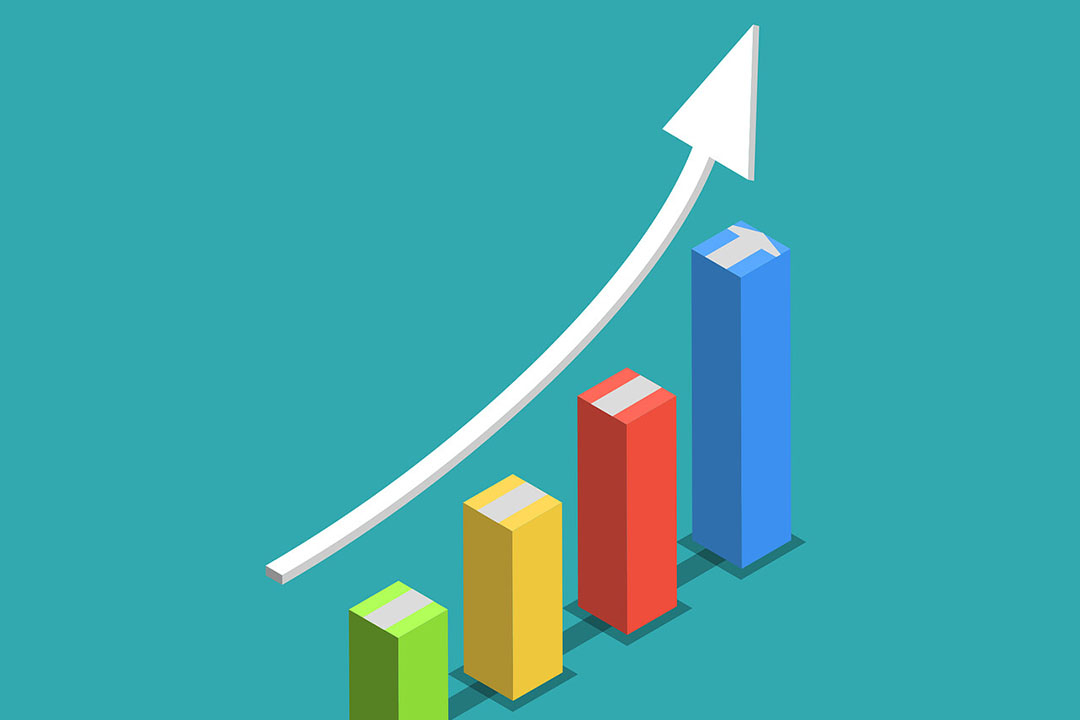May 23, 2025 | 22:10 GMT +7
May 23, 2025 | 22:10 GMT +7
Hotline: 0913.378.918
May 23, 2025 | 22:10 GMT +7
Hotline: 0913.378.918

In May 2022, Russia experienced a 15-20% hike in prices on the poultry meat market. Photo: Megan Rexazin
Prices in Russia rose to 160-190 rubles (US$1.9-2.3) per kg in slaughter weight. To a large extent, this dynamic is associated with the continuing highly pathogenic avian influenza epidemic in the country and the risk of new outbreaks, the Russian consulting agency, Emeat reported, as quoted by the Russian edition of Forbes.
Since the beginning of 2022, Russian veterinary services registered 45 bird flu outbreaks, including 7 among farmed poultry. The latest outbreak was reported on 20 May, when the disease hit Romanovkiy farm in the Yaroslavl Oblast, claiming 800,000 heads of broilers.
Worsening epidemic
The Russian veterinary body Rosselhozndazdor has repeatedly warned about the threat of the bird flu for the poultry industry, describing last year’s situation with the disease spread globally as “one of the gloomiest ever”.
In 2022, Russian government agencies registered 56 outbreaks in the country, while over the past 3 years, the disease incurred losses to Russian agriculture totalling 4.5 billion rubles.
“Alas, we are not expecting the situation around avian influenza to be positive this year. In Russia, it is going to be similar to what we had in 2022, or even worse,” Sergey Yakovlev, senior veterinary expert of the Russian Union of poultry producers, Rosptitsesoyuz, told Forbes. In this background, he reminded that WOAH advised all countries to consider vaccinating poultry flocks in backyard farms against avian influenza to constrain the epidemic.
Russian poultry farmers are heavily investing in protecting their operations against avian influenza, Forbes reported.
Multiple factors
On the other hand, not all analysts agree that the disease is the main factor triggering a hike in poultry prices in the Russian market. Konstantin Korneev, director of the Russian consulting firm Rincon Management, said that the trend could be partly linked to problems in importing foreign technologies to Russia. He added that thanks to parallel import, this issue is not pressing, but still, it led to a rise in production costs.
In addition, the price dynamics could be associated with the current trends in the Russian consumer market.
“You can’t look at one group of products in isolation: if people began to spend less money, for example, on personal care products and clothes, preferring food products, in particular chicken meat as the source of the most affordable protein, this could affect prices,” Korneev said.
(PW)

(VAN) Alt Carbon has raised $12 million in a seed round as it plans to scale its carbon dioxide removal work in the South Asian nation.

(VAN) Attempts to bring down the price of the Japanese staple have had little effect amid a cost-of-living crisis.

(VAN) Fourth most important food crop in peril as Latin America and Caribbean suffer from slow-onset climate disaster.

(VAN) Shifting market dynamics and the noise around new legislation has propelled Trouw Nutrition’s research around early life nutrition in poultry. Today, it continues to be a key area of research.

(VAN) India is concerned about its food security and the livelihoods of its farmers if more US food imports are allowed.

(VAN) FAO's Director-General emphasises the need to work together to transform agrifood systems.

(VAN) Europe is facing its worst outbreak of foot-and-mouth since the start of the century.